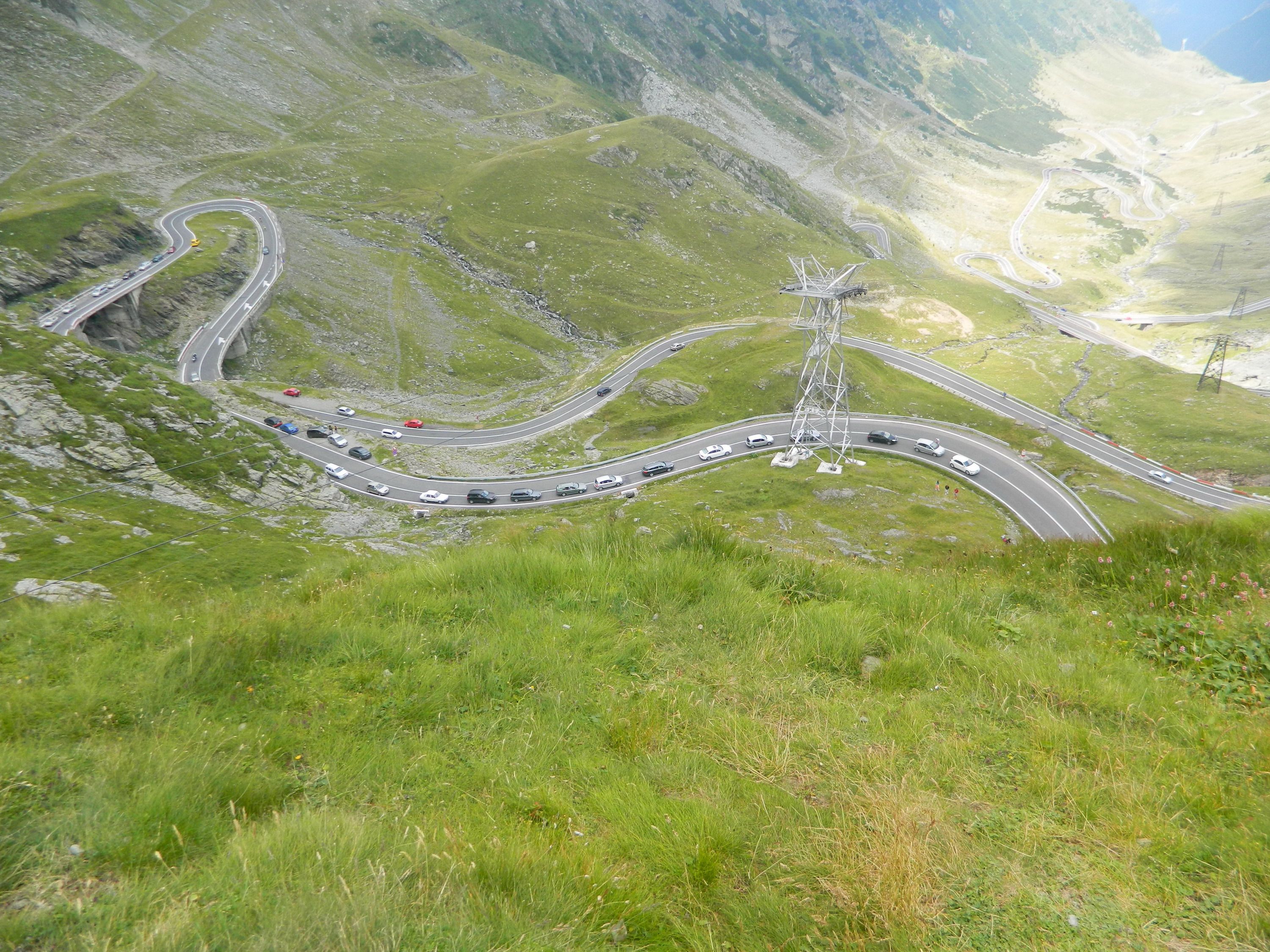Motoring-wise, Romania isn't exactly famous apart from its cost-oriented Dacia brand. Not to mention that models like the Duster, Logan, and Sandero are only sold in Europe under the Romanian badge. However, this country located in Southeastern Europe can brag about having two of the most spectacular roads in the world, which is a bit ironic given it has less than 750 kilometers (466 miles) of highways, significantly less than far smaller states.
I'm obviously talking about the Transfagarasan and Transalpina roads, which have become of international fame thanks to Top Gear and EVO in 2009 and 2014, respectively.
While there is an ongoing debate about which is more impressive, the truth is that both are worth visiting, especially on a sunny day. Cloudy weather is usually joined by thick fog up there, which will make the experience not so breathtaking.
We recently took a trip on both the Transalpina and Transfagarasan, only a couple of days apart, and decided to capture some of the road's most beautiful sections on film. Although we weren't prepared with high-definition gear and weren't driving powerful sports cars, it's a great way to experience both roads if you haven't been there yet.
If you're planning to take a trip, have a look at the video above and then continue reading to find out more about the two most impressive roads in the world.
Transfagarasan
The road that impressed the Top Gear crew is a paved mountain crossing in the southern section of the Carpathian Mountains. It has national-road ranking and is the second-highest paved road in the country after the Transalpina. It stretches 90 km (56 miles) between the highest mountain peaks in the country and offers many spectacular landscapes along the way. The road climbs to an altitude of 2,042 meters (6,699 feet) and includes steep hairpin turns, long S-curves, and sharp descents. It also provides access to Balea Lake, where several accommodation options can be found. The road is usually closed from late October until late June because of snow. Because of this, the route can become crowded during summer months, especially on the weekends.
The road was constructed between 1970 and 1974 during the rule of Nicolae Ceaușescu as a response to the 1968 invasion of Czechoslovakia by the Soviet Union. Its main purpose was to provide quick military access across the mountains in case of a Soviet invasion. Its name draws from the Fagaras mountains it provides passage through.
Transalpina
Also located in the Southern Carpathians, the Transalpina is Romania's highest road and it is also longer than the Transfagarasan. Much like the latter, it is closed during the cold months of the year given the high altitude and snow. Although it is much older than the Transfagarasan, being built under King Carol II and rebuilt during World War II by German troops, it wasn't transformed into a paved road until the late 2000s. It is also known as "The King's Road," a name that replaced the old "Devil's Path" nickname when King Carol II inaugurated the roadway in 1939. It is now 148 km (92 miles) long and reaches its highest point at 2,228 meters (7,310 feet) above sea level. Each year in September, a part of the road is used to host a stage of the national high-climbing rally championship.

